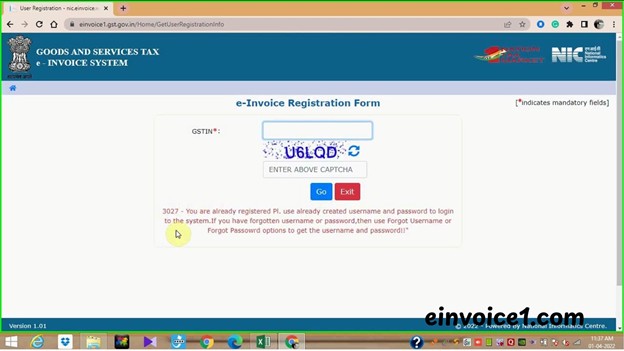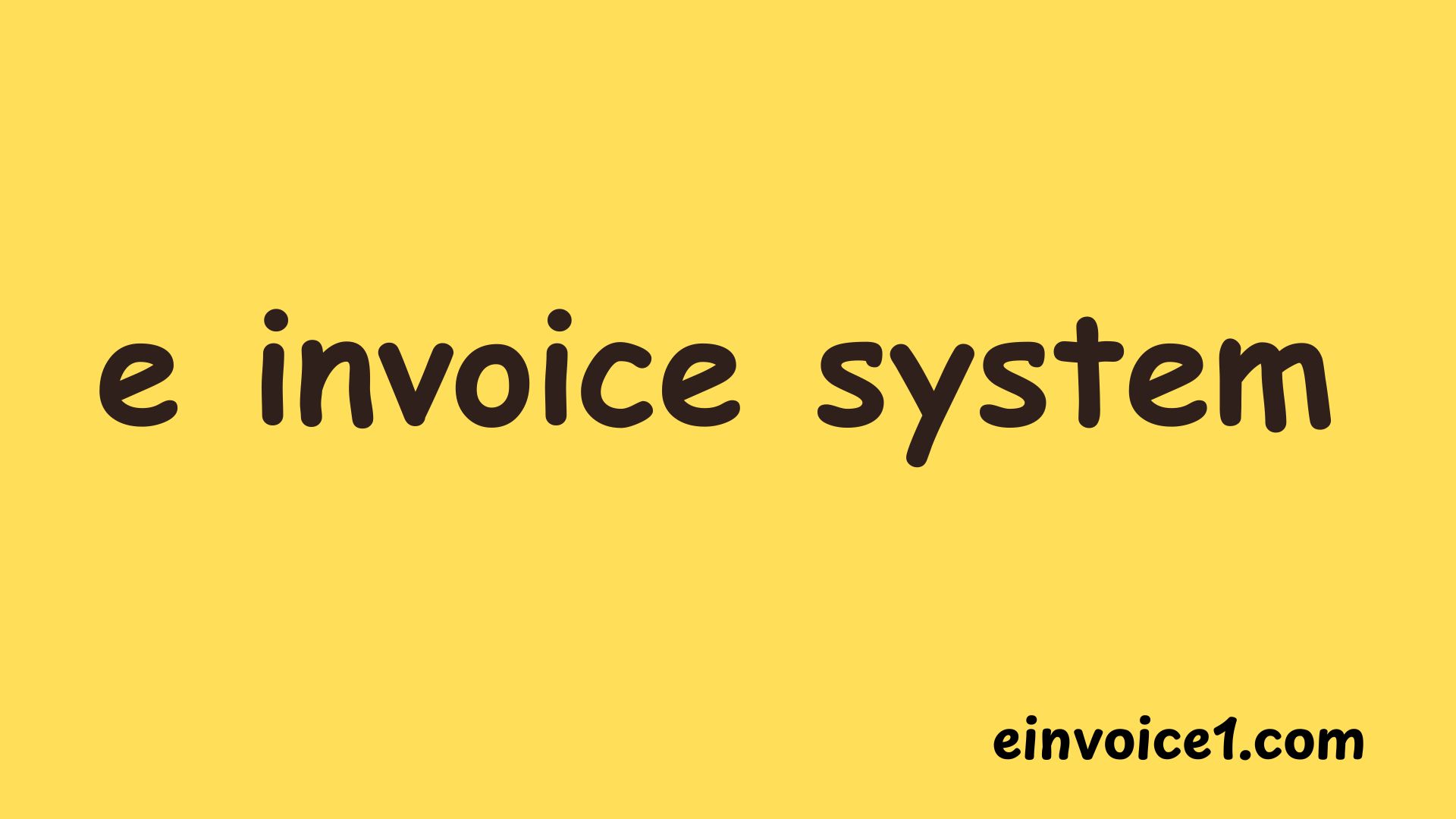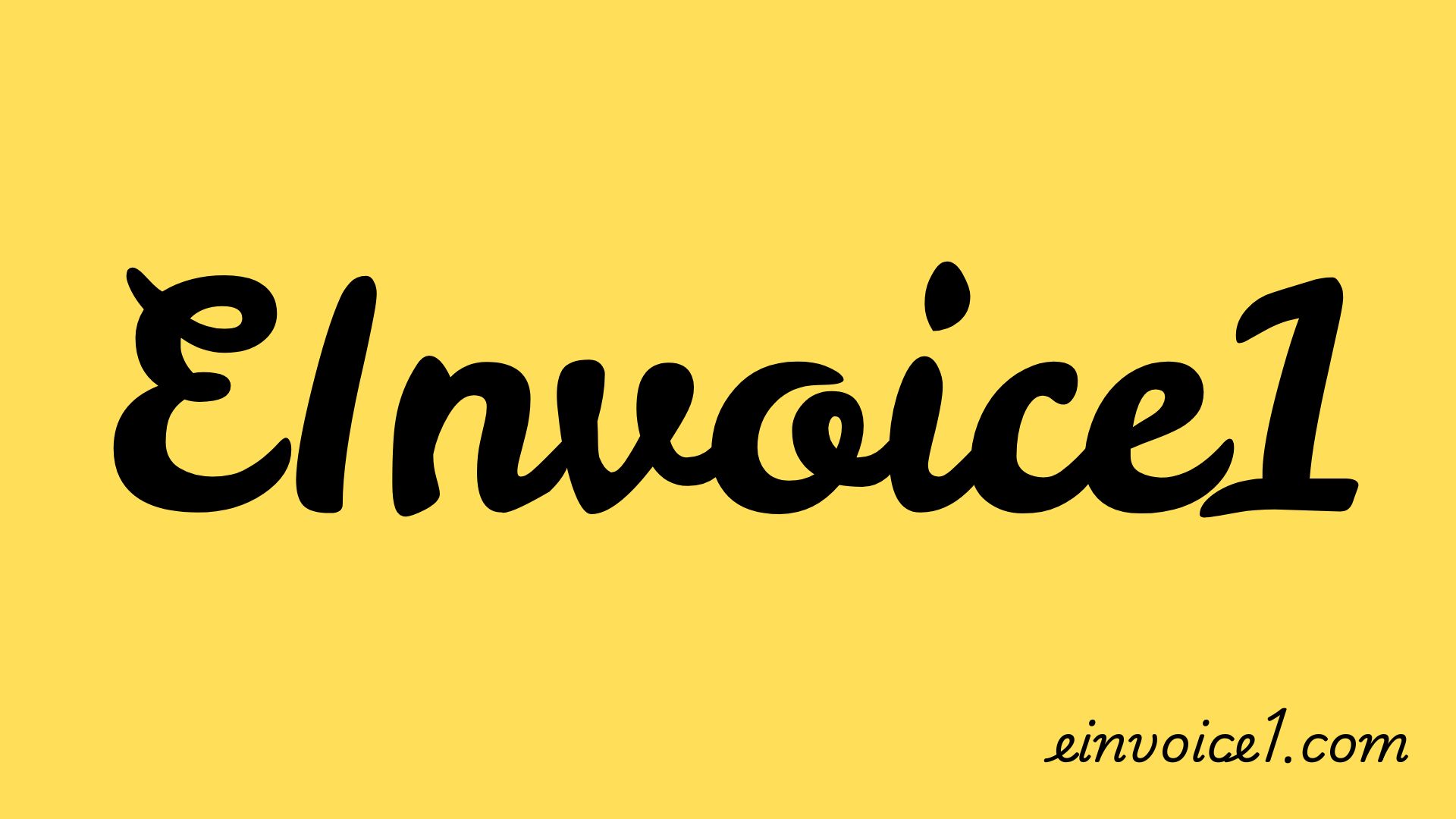In the fast-paced digital economy, efficiency is the currency of success. For businesses of all sizes, the back-office chore of invoicing—creating, sending, tracking, and reconciling payments—remains a notorious time-sink, riddled with potential for human error and frustrating delays. But what if you could transform this administrative burden into a seamless, automated process that saves money, accelerates payments, and keeps you perfectly compliant with evolving regulations? This is no longer a futuristic dream; it’s the present-day reality made possible by adopting an e invoice portal. These digital platforms are revolutionizing financial workflows, moving businesses away from cumbersome paper-based systems or siloed digital files towards a unified, efficient, and transparent ecosystem. An e-invoicing solution is more than just a tool; it’s a strategic upgrade that empowers your finance team, improves vendor relationships, and provides valuable real-time insights into your company’s financial health. Whether you’re a freelancer tired of chasing clients or a corporation managing thousands of transactions, understanding and implementing this technology is a critical step toward future-proofing your operations.
Key Takeaways:
- Automate to Accelerate: Drastically reduce manual data entry and cut down the payment cycle to get paid faster.
- Ensure Effortless Compliance: Stay ahead of mandatory e invoice portal across the globe with built-in compliance features.
- Gain Unprecedented Visibility: Track invoice status in real-time and access financial data for smarter business decisions.
What Exactly Is an E-Invoice Portal?
A unified digital platform known as an e invoice portal makes it easier for suppliers and buyers to create, exchange, process, and archive invoices electronically from start to finish. A real e-invoicing solution guarantees that the invoice data is structured and machine-readable, in contrast to merely delivering a PDF invoice, which frequently still needs manual processing on the receiving end. This eliminates the need to rekey data and enables automated integration into accounting software, Enterprise Resource Planning (ERP) systems, and other financial applications. No matter what software each party employs, the main purpose of any electronic invoice portal is to serve as a safe conduit between trading partners, standardizing the exchange of financial data. In order to comply with regulatory requirements, modern platforms frequently incorporate a number of extra features, including comprehensive analytics dashboards, online payment gateways, automated payment reminders, and secure digital archiving. A leaner, more accurate, and more responsive financial operation is made possible by enterprises switching to this model, which eliminates paper, shipping expenses, and the massive human work involved in traditional invoicing.
Key Benefits of Implementing an E-Invoicing System
There are many more benefits to switching to a digital invoicing system than just “going paperless.” The return on investment (ROI) has the potential to be substantial and complex. Above all, there has been a significant improvement in efficiency and a decrease in operating expenses. According to a Billentis Report study, processing an e-invoice only costs $3.50 to $5.50, however processing a manual invoice might cost anywhere from $12 to $30. Reduced printing and postal expenses, less human data entry, and fewer mistakes that need to be fixed are the sources of these cost benefits. Second, cash flow improves for businesses. Instant delivery is possible for e-invoices, and the payment cycle can be shortened by days or even weeks with features like integrated online payment choices and automated follow-ups.
Additionally, a specialized e-invoice technology offers unmatched accuracy and security. Typographical errors and mismatched data, which are frequent causes of payment disputes, are greatly decreased by automated data extraction and validation. In sharp contrast to the fragility of paper mail or unencrypted email, these portals employ encryption and secure protocols to safeguard critical financial data. Lastly, it is impossible to exaggerate the strategic importance of the data produced. Data-driven decision-making is made possible by an e-invoicing system, which offers a transparent, digital audit trail as well as insightful information on expenditure trends, vendor performance, and overall financial health.
Note: The cost of not adopting e-invoicing isn’t just administrative; it’s also compliance risk as governments worldwide make it mandatory.
How Does an E Invoice Portal Work? A Step-by-Step Breakdown
The process within an e invoice portal is designed for maximum automation and minimal human intervention. While specific steps can vary slightly between platforms, the general workflow is consistent and logical.
Invoice Creation: The process begins when a supplier creates an invoice within their accounting software or directly within the e-invoice portal. The system can often auto-populate fields from past invoices or purchase orders.
Validation and Compliance Check: Before sending, the portal validates the invoice data against business rules and, crucially, checks it for compliance with relevant tax authority requirements (e.g., ensuring a valid tax ID is present and formatted correctly). This is a critical step in regions with mandated e-invoicing.
Transmission: Instead of being printed or emailed, the invoice is transmitted electronically to the buyer’s electronic invoicing portal or directly into their ERP system via a secure network. Many portals support various international standards like PEPPOL, ensuring global interoperability.
Receipt and Processing: On the buyer’s side, the invoice is received automatically. The system can then match it against the corresponding purchase order and goods receipt note (a process known as 3-way matching).
Approval and Payment: The invoice is routed through the buyer’s predefined digital approval workflow. Once approved, it is scheduled for payment, often through an integrated payment service. Both parties receive real-time notifications at each stage.
Archiving: Finally, the digital invoice is automatically archived in a compliant format for the legally required retention period, easily retrievable for audits or reference.
*Real-Life Example: A mid-sized manufacturing company implemented an e-invoicing portal and integrated it with its NetSuite ERP. Previously, the accounts payable team spent over 20 hours a week manually keying in data from PDFs and paper invoices. After implementation, over 85% of all supplier invoices are processed touchlessly, freeing the team to focus on strategic financial analysis and vendor management.*
E-Invoice Portal vs. Traditional Invoicing: A Clear Comparison
The difference between using a modern e-invoicing solution and relying on traditional methods is like night and day. The following table highlights the key differentiators that impact cost, efficiency, and security.
| Feature | Traditional Paper/PDF Invoicing | Modern E-Invoice Portal |
| Delivery Speed | Days (via postal mail) or minutes (via email, but still manual) | Instantaneous (seconds) |
| Processing Cost | High ($12 – $30 per invoice) | Low ($3.50 – $5.50 per invoice) |
| Data Entry | Manual, prone to errors | Automated, highly accurate |
| Error Rate | High, leading to disputes and delays | Very low, due to validation rules |
| Payment Cycle | Slow (30+ days average) | Faster (can reduce by 25% or more) |
| Tracking & Visibility | Poor, requires phone/email follow-ups | Excellent, real-time status updates |
| Security | Low (risk of loss, interception) | High (encryption, secure networks) |
| Compliance | Manual tracking of changing tax laws | Built-in, automated compliance checks |
| Environmental Impact | High (paper, ink, transportation) | Negligible (fully digital) |
Table Description: This comparison chart outlines the critical differences between traditional invoicing methods and using a dedicated e-invoice portal, highlighting advantages in speed, cost, accuracy, and security. ALT Text: Comparison table showing e-invoice portal benefits over traditional invoicing in cost, speed, and accuracy.
Navigating Global Compliance and Mandatory e Invoice Portal
The global trend toward government-mandated digital transaction reporting is one of the strongest motivators for implementing an e-invoicing system. Continuous Transaction Controls (CTCs) are being used by tax authorities all around the world to reduce VAT fraud, close the revenue gap, and improve transparency. Mandates for specific business sizes have previously been implemented in countries including Italy, Spain, France, Poland, and most famously, India (with its GST e-invoice system). Countries in Latin America, such as Brazil and Mexico, have led the way in this field.
Features to manage these many compliance standards will be integrated into an electronic invoice system intended for global trade. When the portal generates an invoice for a buyer in a country with a clearing model, such as Italy, it will automatically send the invoice to the platform of the tax authority (SDI in Italy) for validation. Before the invoice is even sent to the customer, it will obtain a unique permission code. A strong portal manages this complexity in the background with ease, protecting your company from the complicated and constantly shifting legal environment. A complying solution is not just an efficiency tool but also a commercial necessity because noncompliance can lead to rejected e invoice portal, fines, and even the disallowance of tax deductions.
Note: Always choose a portal that proactively updates its system to comply with new mandates in the countries where you do business.
Choosing the Right E-Invoice Portal for Your Business
Selecting the best electronic invoice portal requires careful consideration of your business’s specific needs, size, and growth trajectory. Here are the key factors to evaluate:
Integration Capabilities: The portal must integrate smoothly with your existing accounting software, ERP system (e.g., QuickBooks, Xero, SAP, Oracle), and other business applications. API flexibility is crucial.
Global Reach and Compliance: If you deal with international suppliers or customers, ensure the portal supports the necessary compliance frameworks (e.g., PEPPOL, GSTN in India, FacturaE in Spain) and can handle multi-currency transactions.
Ease of Use: A user-friendly interface for both your team and your trading partners will drive adoption and maximize the benefits. Look for intuitive dashboards and clear workflows.
Scalability: The solution should be able to grow with your business, handling an increasing volume of invoices and transactions without performance issues.
Security and Reliability: Verify the provider’s security certifications (e.g., ISO 27001) and uptime guarantees. Your financial data is extremely sensitive.
Customer Support: Responsive and knowledgeable support is essential, especially during the onboarding phase and for troubleshooting compliance issues.
Cost Structure: Understand the pricing model—whether it’s per invoice, a monthly subscription, or a tiered plan—and ensure it aligns with your expected invoice volume.
According to a report by Gartner, “by 2025, government-mandated e-invoicing will be implemented in most countries around the world, making it a critical capability for finance and accounting leaders.” This external insight from a leading research firm underscores the urgency and importance of making a informed choice.
Conclusion
The journey from paper checks and emailed PDFs to a fully automated digital workflow is no longer a luxury reserved for large enterprises. The e invoice portal has democratized this powerful technology, offering businesses of all scales the opportunity to revolutionize their accounts payable and receivable processes. The benefits are clear and compelling: significant cost reduction, faster payment cycles, enhanced accuracy, robust security, and foolproof compliance with global mandates. By automating the tedious, error-prone task of invoice management, you free up your team’s valuable time to focus on analysis, strategy, and building stronger business relationships—activities that truly drive growth. The question is no longer if you should switch to e-invoicing, but which platform will best serve your future. The first step towards a more efficient and resilient financial operation is to evaluate your options and start planning your implementation today.
FAQs
Q1: Is an e invoice portal only useful for large businesses?
A: Absolutely not. Small and medium-sized businesses (SMBs) often benefit the most from the time and cost savings offered by an electronic invoice portal, as they have limited administrative resources.
Q2: How secure is my data on an e-invoicing platform?
A: Reputable portals use bank-level security measures, including encryption (TLS/SSL), secure data centers, and strict access controls, making them far more secure than paper or email.
Q3: Can I send e invoice portal to customers who don’t use a portal?
A: Yes. Many platforms allow you to send invoices via a secure link or a compliant PDF that the recipient can view and pay without needing their own portal account.
Q4: What is the difference between an e-invoice and a scanned PDF invoice?
A: A scanned PDF is just an image and requires manual processing. A true e-invoice contains structured data that can be automatically read and integrated into accounting systems without human intervention.
Q5: How long does it take to implement an e-invoice portal?
A: Implementation time can vary from a few days for a simple setup to several weeks for a complex ERP integration, but most modern cloud-based platforms are designed for quick and easy onboarding.




